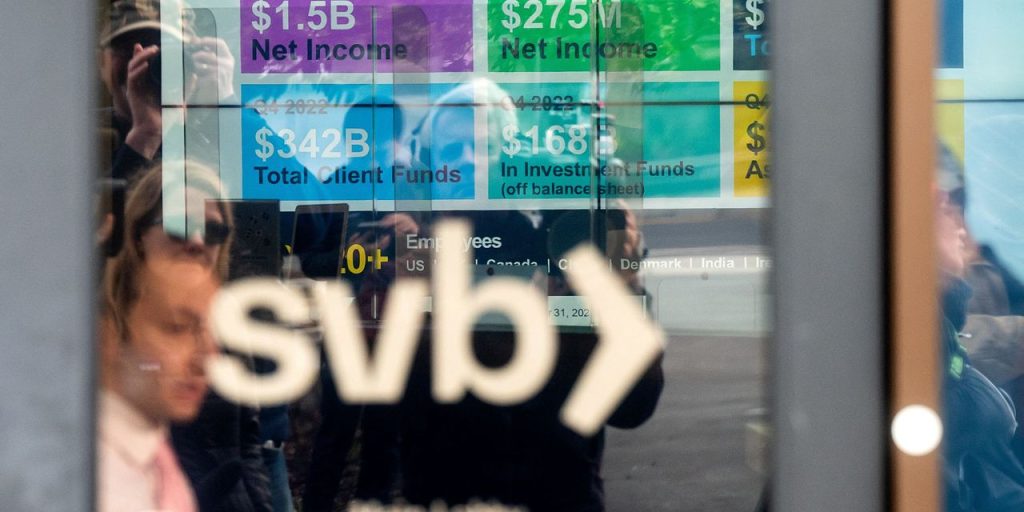The numbers: Banks trimmed borrowing from the Federal Reserve for the second week in a row, as stress in the financial system appeared to ease further almost a month after the surprising collapse of Silicon Valley Bank.
Financial institutions drew $149 billion in credit in the week ended April 5, based on the Fed’s weekly H.4.1. survey. That’s down from $154 billion last week and $164 billion two weeks ago.
Reduced borrowing points to less stress on the financial system after several regional U.S. banks floundered last month.
Key details: Banks borrowed $69.7 billion from the Fed using the traditional “discount window,” about $18 billion less compared to the prior week.
The Fed lent an additional $79 billion from a new Bank Term Funding Program set up to prevent further bank runs and failures. That was up almost $15 billion from the prior week.
Banks in need of cash have sharply reduced their reliance on the discount window since the SVB failure and gravitated to the new emergency borrowing program.
Banks can get emergency loans from the Fed to pay any depositors who withdraw money instead of having to sell securities that are underwater.
Big picture: Wall Street
DJIA,
+0.01%
is watching the Fed’s weekly balance-sheet data to determine if the stress on banks from the recent failures is clearing up.
A shaky banking system could hurt the economy by making it harder for businesses and consumers to obtain loans.
Yet while credit requirements for borrowers have tightened since last year, banks are still lending plenty of money.
Fed balance sheet assets fell $73.6 billion to $8.63 trillion in the week.
Read the full article here



